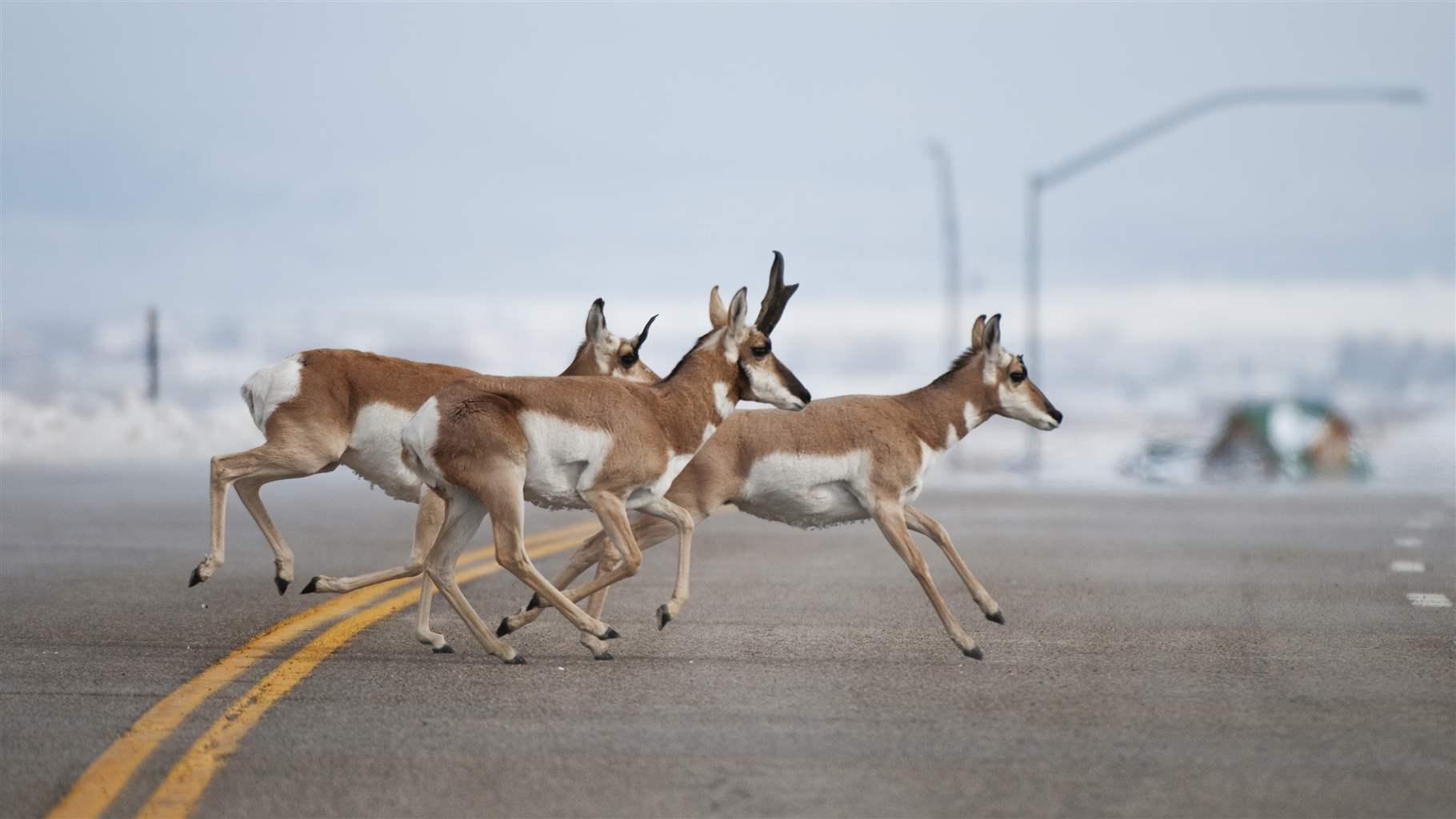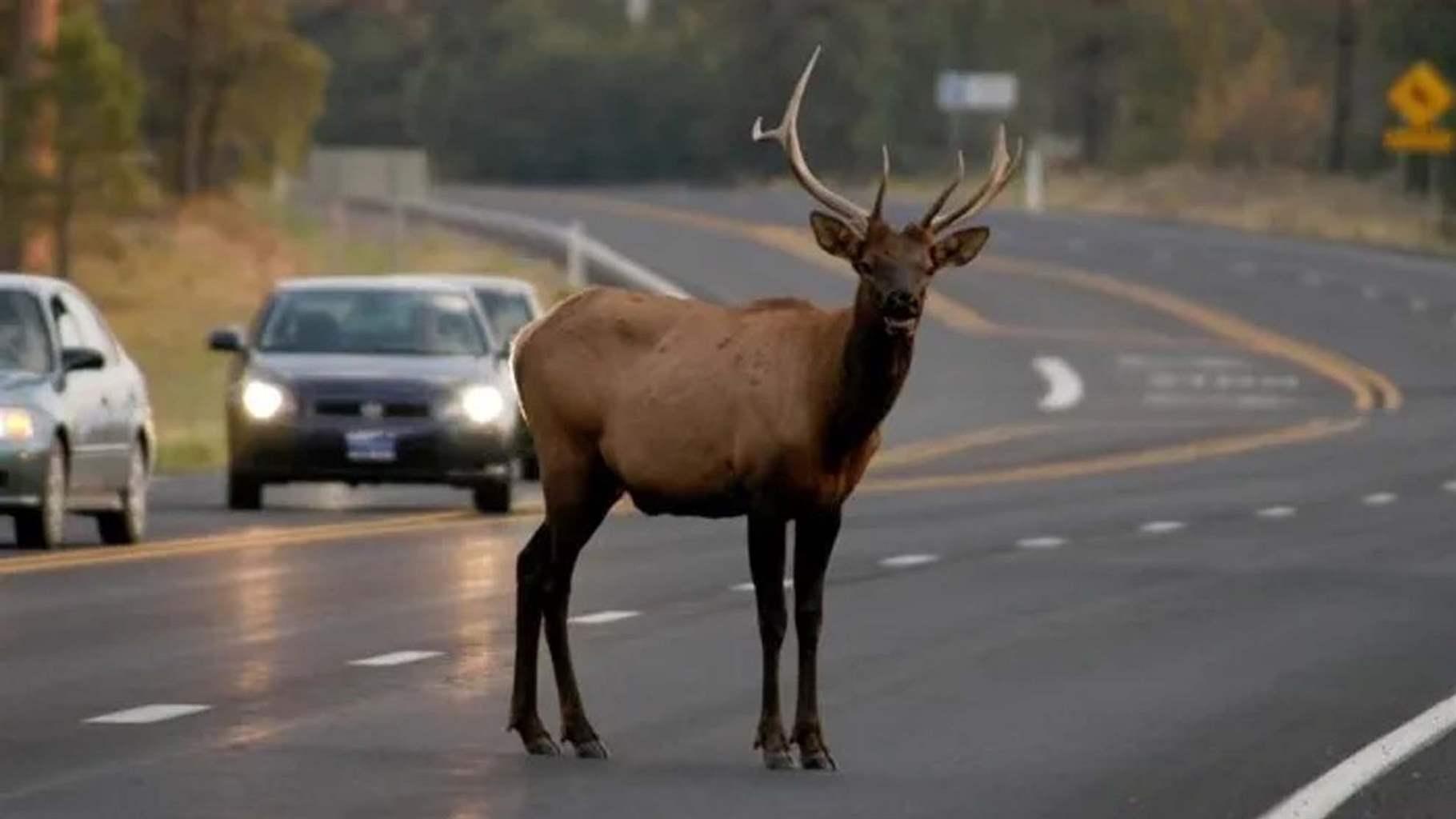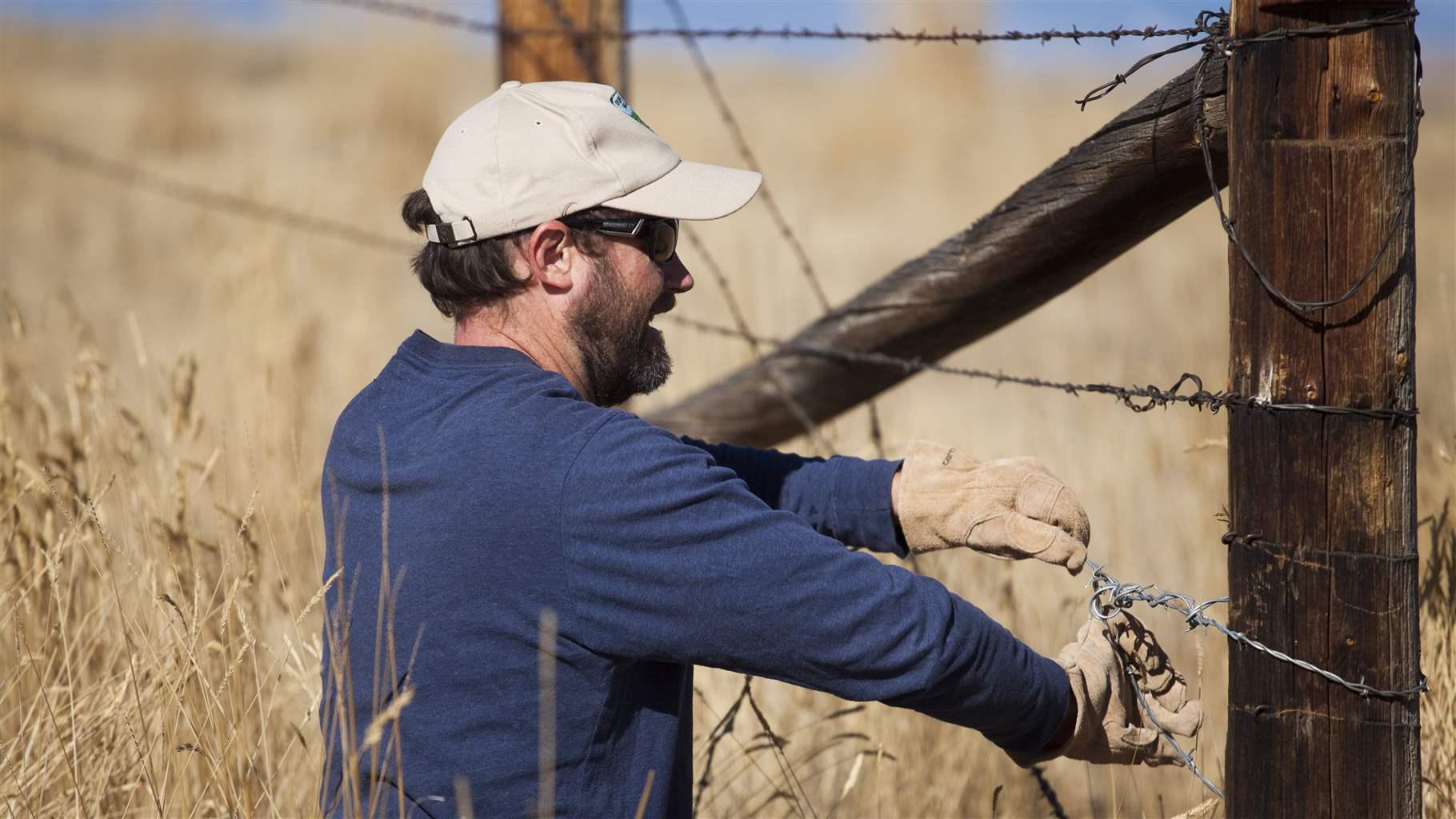To Better Protect Fish and Wildlife, Congress Should Conserve Migration Routes
A comprehensive bill would build on success of federal wildlife safety crossing program

On Nov. 15, 2021, wildlife advocates cheered the signing into law of the Infrastructure Investment and Jobs Act and a provision within it that established a wildlife safety crossing program. This pilot program directs the U.S. Department of Transportation (USDOT) to provide $350 million in competitive grants to states, municipalities, and Tribes, among other entities, for the construction of overpasses and underpasses specifically for wildlife to help prevent wildlife-vehicle collisions on U.S. roads.
The program won widespread bipartisan support in Congress because it provides two wins: safe passage for species that are important for healthy ecosystems and economies and the prevention of human injuries and death; USDOT estimates that 26,000 people are injured and 200 die each year because of wildlife-vehicle collisions.
But even as this exciting new program comes to fruition, decision-makers in Congress should start doing more to protect wildlife corridors that science now tells us are so critical to maintaining our wildlife heritage. According to the U.S. Bureau of Economic Analysis, in 2020, the outdoor recreation economy—including wildlife watching, hunting, and fishing—accounted for 1.8% (or $374.3 billion) of gross domestic product in the country. The migration routes that support some of the biggest and most economically important species can stretch for hundreds of miles and traverse landscapes managed by a mix of private landowners, Tribes, and federal, state, and local governments.
Today, many of those corridors are blocked or diverted by roads, development—for housing, energy exploration, and other projects—and millions of miles of barbed wire that crisscross lands.
Congress could take a big step toward solving this issue by drafting and passing legislation to help stakeholders identify, map, and conserve seasonal pathways that wildlife rely on for survival. Such a bill could help expand ongoing work—by state, federal, Tribal, and conservation stakeholders—in which scientists have affixed GPS-enabled collars to wildlife to obtain detailed maps of where elk, deer, and pronghorn roam to feed, breed, and avoid inclement weather.
A comprehensive wildlife migration initiative could bolster this effort by authorizing the U.S. Geological Survey—the Department of the Interior’s mapmaking arm—to develop expanded mapping software; advance new studies with states and Tribes to document migration and movement activities within their jurisdictions; conduct new migration research on climate change, development, and mitigation; train the next generation of wildlife managers to locate corridors and habitat; and make this information publicly accessible.
Once the identification and mapping of migration corridors occur, collaboration among the many individuals, agencies, states, nonprofit organizations, and others affected by these policies will be important to successfully prioritize and conserve these places.
Further, national wildlife migration legislation would embolden stakeholders to collaborate and encourage relevant federal agencies to update their planning guidance tools to support and safeguard habitat connectivity, seasonal habitat, wildlife movement, and migration routes on the lands they oversee.
Wildlife migration routes also often traverse the more than 300 land areas belonging to Native Americans. Numerous Tribes have wildlife research units that study migration, though most lack the resources needed to study, much less conserve, critical wildlife migration routes. Federal legislation should include language that mirrors the recently introduced Tribal Wildlife Corridors Act (S. 2705), a bill that would for the first time authorize Native American Tribes to formalize Tribal wildlife corridor designations on their lands. Tribal designations would facilitate habitat connectivity, restore historical habitat, and prevent the development of barriers and other impositions that hinder habitat connectivity.
Private landowners also are important partners in wildlife corridor management and conservation, though they too often lack the resources to provide safe passageways for fish and wildlife, such as by retrofitting fences to make them more wildlife-friendly. Wildlife migration legislation should authorize a grant program to encourage fish and wildlife movement, migration, and habitat connectivity across nonfederal lands—including private property. Eligible recipients could include private landowners; local governments; agricultural cooperatives; water, irrigation, and rural districts or associations; and nongovernmental organizations that can work in partnership to facilitate conservation projects.
The wildlife safety crossing program exists because lawmakers recognized the science on wildlife movement and the many benefits of addressing a pressing issue. The same logic and ambition should drive comprehensive wildlife migration corridor legislation to help conserve migratory landscapes that are critical to sustain healthy wildlife populations—and rural economies—for generations to come and provide stakeholders the additional resources and tools needed to substantively engage in this crucial effort.
Matt Skroch is a project director and Tom St. Hilaire is a senior officer doing wildlife corridor work with The Pew Charitable Trusts’ U.S. public lands and rivers conservation project.









